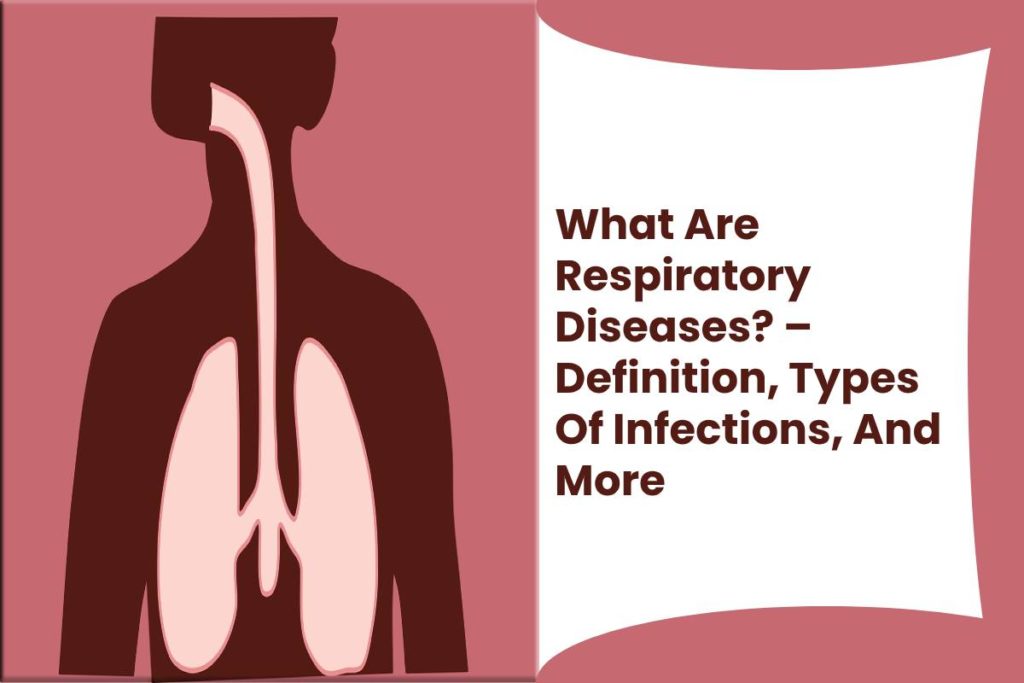Table of Contents
Definition Of Respiratory Diseases
The respiratory diseases are those that affect the various structures that form the respiratory tract.
These diseases can affect the nose, sinuses, larynx, trachea, bronchi, lungs, or the pleura.
Its nature is variable. The most common respiratory diseases are those of an infectious and allergic-type.
However, there may also be congenital malformations, acquired defects, degenerative and malignant diseases.
Respiratory Diseases Are More Common In Children
Children are often affected by respiratory diseases. It is related to two main facts.
- On the one hand, the airway is a source of microorganisms that can be inhaled from the air and enter the body to cause an infectious process.
- Especially in the case of children having an immature immune system, they do not have the antibodies to help them to fight these infections.
- On the other hand, many particles in the environment can also enter the respiratory system causing allergies.
Symptoms Of Respiratory Diseases
These diseases cause symptoms such as nasal congestion and obstruction, presence of mucus and secretions, sneezing, sore throat.
Voice changes such as hoarseness, cough, difficulty breathing, and chest pain with the side.
It is also possible that general symptoms occur, that is, that they include structures outside the respiratory system.
The main general symptom that accompanies these diseases is fever, although general discomfort, lack of appetite, and insomnia may also occur.
Types Of Respiratory Infections
Upper Respiratory Infection.
Ears, nose, paranasal sinuses, and larynx are known as upper respiratory infections.
Ear infections also included in this classification. Its leading cause the common cold, caused by viruses such as influenza.
You can also make infections by bacteria; these are usually located mainly at the level of the ears and paranasal sinuses.
Upper respiratory infections include rhinitis, sinusitis, rhinosinusitis, otitis, and laryngitis.
Lower Respiratory Infection.
It covers infections of the trachea, bronchi, and lungs. These infections can be due to any microorganism, viruses being more common.
Tracheobronchitis, bronchitis, bronchopneumonia, and pneumonia included here.
Respiratory Allergies.
Allergies are often mistaking for conditions like the common cold.
These are characterized by producing congestion, although their primary manifestation is sneezing, itchy eyes and nose.
Obstructive Airway Diseases
Correspond to bronchial asthma, emphysema, and pulmonary disease, pulmonary obstructive chronic.
Both conditions generate constrictions in the bronchi, affecting the passage of air through them.
So it trapped, accompanied by an essential sensation of respiratory distress.
Restrictive Diseases
These are conditions in which there are alterations in the membrane that surrounds the lungs, known as the pleura.
The elements that make up the rib cage.
These affect the expansion capacity of the lungs, therefore reducing ventilation.
It includes arthritis and deformities of the spine and immune diseases that affect the skin, such as scleroderma.
Malignant Diseases
The various structures of the respiratory system can be the seat of malignant diseases such as cancer.
It is located more frequently in the lungs, closely related to history as the habit of smoking cigarettes.
The lungs also affected by metastases from tumors located in other organs.
